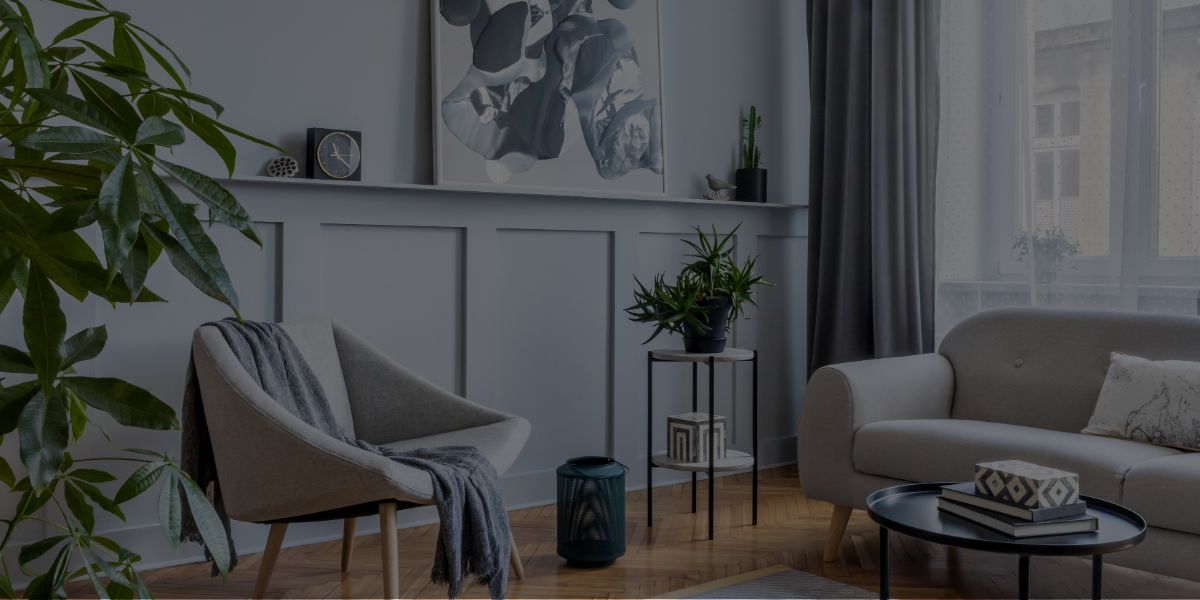So, you want to know how to start a business as a home stager? You’ve come to the right place! This is an exciting career choice that can be extremely rewarding.
Home staging is a growing profession that offers many opportunities for success. In this article, we will provide you with the 10 simple steps you need to take in order to start your own home staging business from scratch. We’ll also answer some of the most common FAQs about home staging, so you can gain a better understanding of what to expect out of this career.
Let’s get started!
Before we delve in, did you know that we’ve written the ULTIMATE guide on how to become a home stager? It’s true – and you can check it out here!
Frequently Asked Questions
Is Home Staging a Profitable Business?
The answer to this question depends on a few factors, such as the size of the market in your area and your level of experience and expertise. That being said, home staging is generally a very profitable business. According to the National Association of Realtors®, a whopping 82% of buyers find that a staged home makes it much easier for them to pictures themselves living in the space.
What does this mean for the actual sale of the home?
Professional home staging betters the outcome! This same survey by NAR also concluded the following:
- 23% of buyers’ agents report that professional home staging increases the dollar value offered between 1% and 5%.
- Similarly, 18% of sellers’ agents say that home staging raises the dollar value of a home between 6% and 10%.
- 31% of sellers’ agents say that home staging greatly reduces the amount of time a home spends on the market.
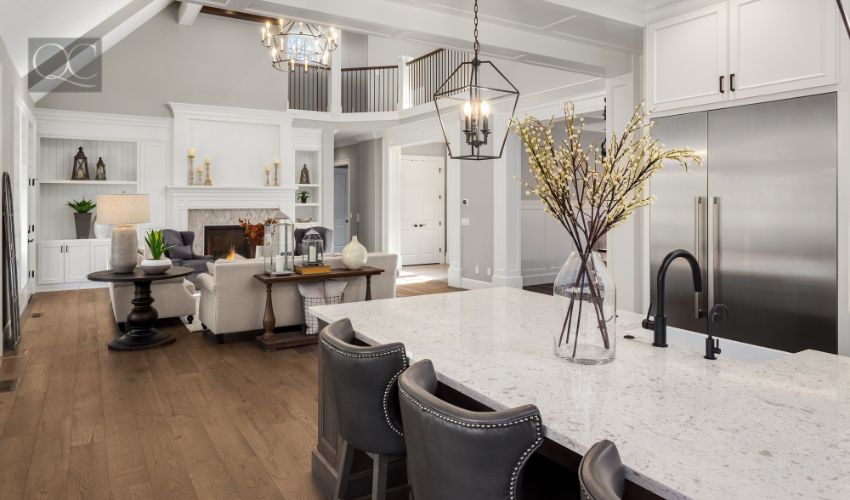
What is The Average Home Stager Salary?
Again, the answer to this question depends on a few factors. As with any other business, your success as a home stager will depend largely on the amount of effort and dedication you put into your work. However, if you’re successful in building a thriving home staging business, you can expect to earn a very comfortable salary.
Average Home Stager Salaries by Country
With that in mind, here are some up-to-date salary ranges for professional stagers, based on a few example countries:
- United States: Between approx. $23,650 USD and $109,610 USD per year. (Source: Comparably)
- Canada: Between approx. $31,473 CAD and $61,896 CAD per year. (Source: Talent)
- United Kingdom: Between approx. £17,000 GBP and £54,000 GBP per year. (Source: Glassdoor)
- Australia: Between approx. $55,000 AUD and $65,000 AUD per year. (Source: Jora)
Factors That’ll Impact Your Home Stager Salary
When looking at the numbers above, just keep in mind that where you fall on the scale will ultimately depend on a number of factors. Such factors include (but aren’t limited to):
- Where you live
- Your level of experience
- The quality of your design portfolio
- The demand for home stagers in your area
- Local competitors
- The services you offer (i.e. only in-person staging, virtual staging, a hybrid of both, etc.)
- The quality of your website and social media channels
- Your business brand
- How much effort you put into your marketing, networking, and overall business strategies
- And more!
What Home Staging Business Startup Costs Do I Need to Invest In?
The startup costs for a home stager business are relatively low, especially when compared to other businesses in the design industry. Depending on what services you plan to offer and the size of your market, you can start your business with as little as $500 USD.
Of course, if you want to offer a wider range of services (or serve a larger market), your startup costs will be higher. For example, if you plan to offer virtual staging in addition to in-person staging, you’ll need to invest in high-quality design software like Photoshop or Sketchup. The cost of these programs can range from $20 USD to $200+ USD per month.
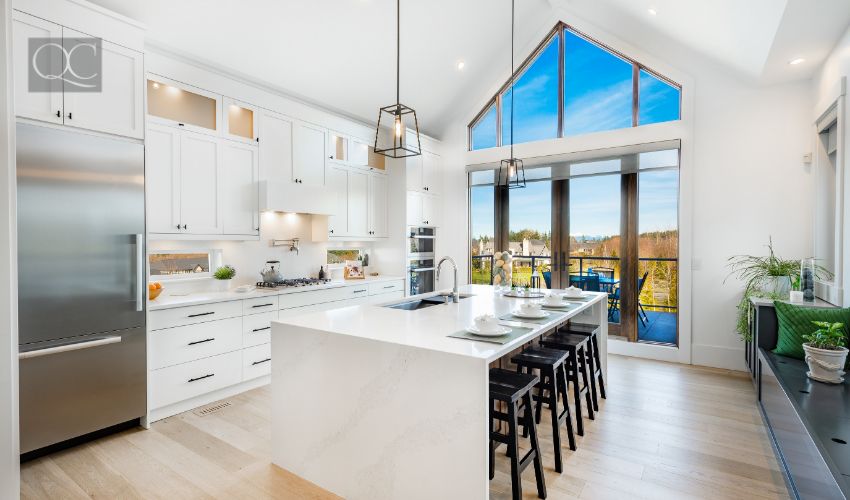
Cost of Physical Products and Materials
In terms of physical products and materials, you’ll need to invest in a few key pieces of furniture and decor, as well as some storage for those items. How much you need to spend on these things will depend largely on the size and scope of your business. If you’re starting small, you can get by with just a few hundred dollars worth of inventory.
On the other hand, if you’re starting your business on a larger scale, you may need to invest several thousand dollars in inventory. Of course, you can always source your inventory from thrift stores, garage sales, and online marketplaces like Craigslist, Kijiji, and Facebook Marketplace.
Other Costs to Consider
In terms of other costs, you’ll also need to factor in the cost of business insurance, website design, marketing, and any other miscellaneous expenses.
Again, the total cost required to start a business as a home stager will depend on a number of factors specific to your business. But in general, you can expect to need anywhere from $500 USD to $5000+ USD to get your company up and running.
Where Do Home Stagers Get Their Furniture?
As a home stager, one of the most common questions you’ll get asked is: “Where do you get your furniture?”
There’s no one-size-fits-all answer to this question. Depending on the size and scope of your business, as well as your budget, you can source your inventory from a number of places.
Some common sources for home staging furniture include:
- Furniture stores (Ikea, Ashley HomeStore, etc.)
- Online marketplaces (eBay, Facebook Marketplace, etc.)
- Thrift stores
- Garage sales
- Auction houses
- Local businesses (i.e. restaurants, cafes, etc.) that are looking to update their decor, etc.
In some cases, you may even be able to source furniture from your own home!
Of course, where you source your inventory from will ultimately come down to what’s available in your area and what you can afford. The important thing is that you find a way to source high-quality furniture and decor at a price that works for you.
Pro Tip: It’s also worth noting that in the case of occupied staging jobs, you could very well be working with the client’s existing furniture (rather than having to supply your own). In these cases, it’s important to have a good understanding of how to work with what you have and make it look its best – while still keeping depersonalization in mind.
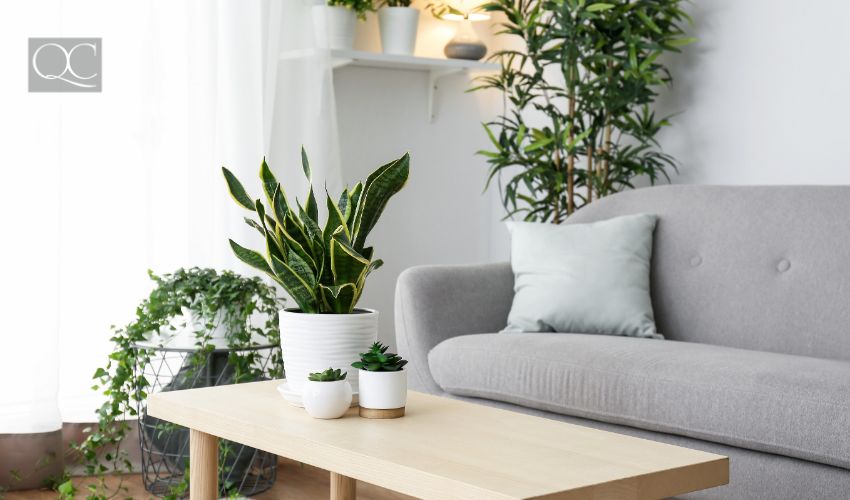
How Can I Start a Staging Business With No Money?
Now, if you’re looking to start a staging business with little to no money, the best thing you can do is start small and build gradually.
Ways to Save on Inventory
In terms of inventory, start by sourcing your furniture and decor from thrift stores, garage sales, and online marketplaces. This will help you keep your startup costs low while still being able to offer a wide range of products and services.
Ways to Save on Marketing
Another way to cut costs when starting your business is to forego traditional advertising methods in favor of digital marketing. There are a number of free or low-cost digital marketing strategies you can use to get the word out about your business – from social media marketing to content marketing!
Other Ways to Save Money
Finally, don’t be afraid to barter! When starting out, it’s likely that you won’t have a lot of money to spend on marketing or advertising. But that doesn’t mean you can’t get creative and find other ways to get your home staging business in front of potential clients.
For example, since you’re a home stager, see if there are any local businesses who would be interested in trading services. Perhaps you could swap your services for a year’s worth of free advertising in their store window. You can also do this with additional skills in your repertoire.
For instance, say you have some web designing experience, too. Why not see if there are any local businesses who need a new website? In exchange, they can then promote your staging business on that site and/or their social media.
The bottom line is that there are a number of ways to start a business with little to no money. It just takes a bit of creativity and resourcefulness!
How to Start a Business as a Home Stager in 10 Steps
Now that we’ve gone over some of the basics of starting a home staging business, let’s dive into the nitty-gritty and take a look at how you can start your own business in just 10 simple steps!
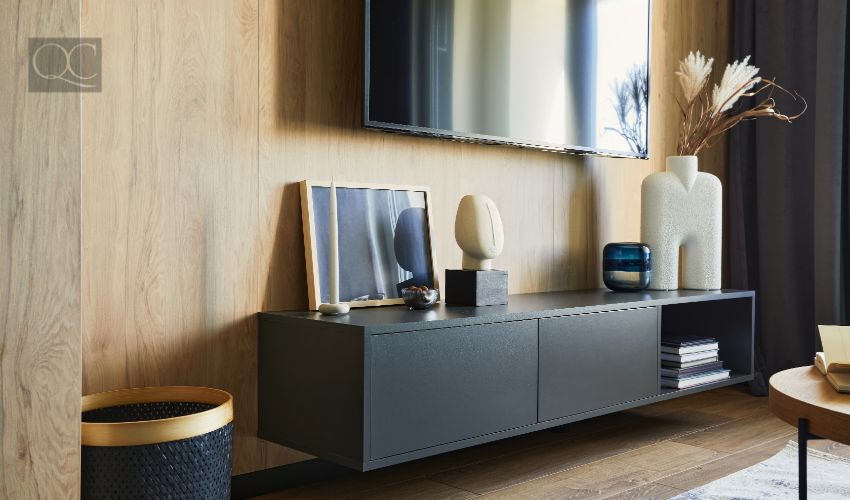
Step #1: Get Trained and Certified as a Home Stager
The first step to starting your home staging business is to get the necessary training and certification required to do your job properly. While there are a number of ways to do this, we recommend taking an accredited home staging course through a professional organization. QC Design School, for example, offers a self-paced, online Home Staging Course that you can complete right from the comfort of home!
Not only will completing a certified home staging course give you the skills and knowledge you need to be a successful home stager, but it will also make you more credible in the eyes of potential clients.
QC Design School’s Home Staging Course
This 6-unit program is a unique double-certification class that covers interior redesign and professional home staging. Both of these are highly valuable and complementary skills that will increase your income potential as a home stager.
What You’ll Learn
As part of this accredited design course, you’ll become a subject-matter expert in the following:
- The critical role of a stager when it comes to selling homes
- A home stager’s services and responsibilities
- How to conduct a successful client consultation
- How to complete a staging project from start to finish
- Creating color palettes that target specific home staging scenarios
- Depersonalization and decluttering
- Preparing every room in the home for real estate showings
- Various design styles throughout history
- Using accessories and artwork to highlight appealing focal points and architectural features
- Creating different moods using lighting
- Window treatments and dressings
- Curb appeal (including landscaping, outdoor decluttering, and outdoor staging)
- Designing full floorplans, elevation drawings, and isometric sketches
- And more!
As an added bonus, your final unit in this program will even arm you with need-to-know business training! By the end of this unit, you’ll know how to:
- Start and register your own business as a home stager
- Develop and execute business-savvy marketing strategies
- Create a business plan
- Attract clients through your website, social media pages, and other critical marketing channels
- Evaluate client priorities for any given project
- Network with and work alongside real estate agents and other industry experts, etc.
The BEST part? In as little as 3-6 months, you can graduate with a globally-recognized International Staging and Redesign Professional (ISRP) double certification and designation!
Ready to get started? Check out the full course page for QC’s online Home Staging Course here!
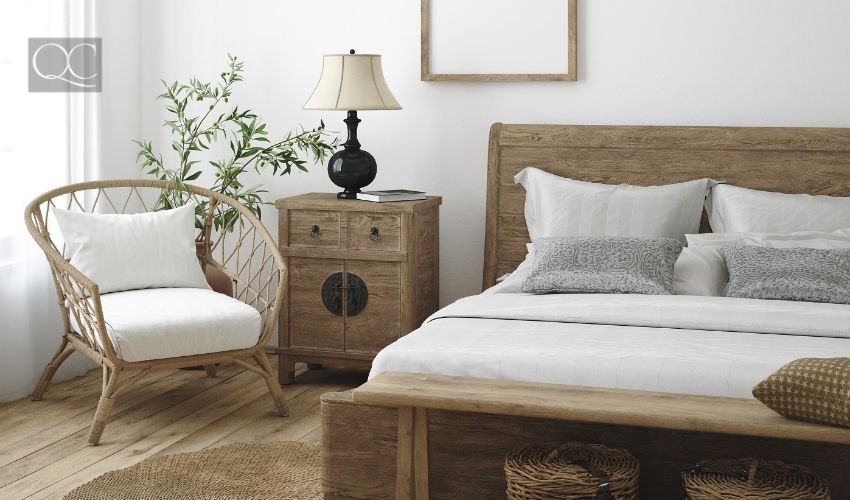
Step #2: Join a Professional Home Staging Organization
In addition to getting certified, another great way to get started in your home staging business is to join a professional organization. The Real Estate Staging Association (RESA) and the Canadian Association of Renovators and Home Stagers (CARAHS) and two perfect examples.
Joining a professional home staging organization comes with a number of benefits, such as:
- Access to exclusive resources, business tools, and educational opportunities
- Networking and referral opportunities with other home stagers in your area
- Industry discounts on staging supplies, products, and services
- Participation in local and national events
- Up-to-date industry news and trends
- A strong sense of community and support
- And more!
Fun Fact: QC Design School students and grads are automatically eligible for a membership with RESA and CARAHS!
Step #3: Build Your Brand and Name Your Home Stager Business
Before you actually launch your business as a home stager, it’s important to first lay down its building blocks. This means developing your brand and naming your company.
Branding Your Business as a Home Stager
Your brand is what sets you apart from other home stagers in your area. It’s the essence of what people (such as potential clients) will envision and feel when thinking of your specific company. Furthermore, it’s what makes you unique – and it’s a critical aspect of marketing your business.
Some important factors to consider when branding your home staging company include your:
- Target market/clientele
- Design style (modern, contemporary, transitional, etc.)
- Color palette
- Tone of voice
- Tagline or slogan
- And more!
Naming Your Business
Once you’ve got your brand down pat, it’s time to name your business! This is usually easier said than done. We suggest choosing something that’s memorable, easy-to-pronounce, and relevant to your brand.
If you’re having trouble coming up with a name for your home staging business, try brainstorming with friends or family, looking up naming tools online, or hiring a professional branding agency. And once you’ve found the perfect name, don’t forget to get it registered! This way, no one else can take that name from you and use it themselves.
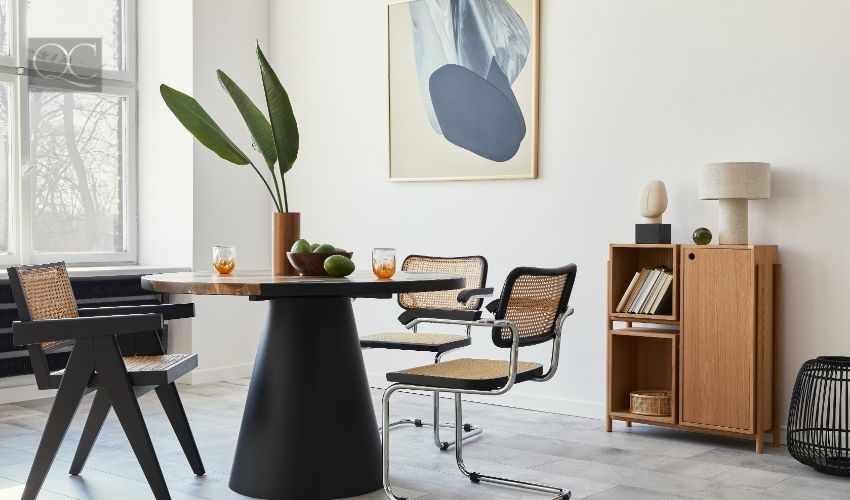
Step #4: Get the Right Insurance Coverage for Your Home Staging Business
As a professional home stager, it’s important to have the right insurance coverage in place for your business. This will help protect you, your company, and your assets in the event of an accident or lawsuit.
Some types of insurance coverage that home stagers should consider include:
- General liability insurance
- Business property insurance
- Professional liability insurance (a.k.a. “errors and omissions” insurance)
- Product liability insurance
- Transportation insurance
- Workers’ compensation insurance
It’s a good idea to speak with an insurance broker or agent to find out which types of coverage are available, and which ones make the most sense for your specific business. You can also get in touch with professional organizations like RESA or CARAHS, as they may offer group insurance rates for members.
Step #5: Get the Right Equipment and Supplies for Your Business
Now that you’ve got your business foundation in place, it’s time to start building your home staging inventory! This includes everything from furniture and decor to tools and equipment.
Some important things to keep in mind when stocking your home staging inventory include:
- Your budget
- The types of homes you’ll be staging (e.g. apartments, condos, houses, etc.)
- The size of the homes you’ll be staging
- Design styles you’re comfortable working with
- And more!
To get started, we suggest taking a look at local furniture stores, second-hand stores, and even online marketplaces. You can also check out home decor wholesalers and trade shows to find bulk discounts on staging supplies.
Remember, it’s important to start small and gradually build up your inventory as you land more clients. There’s no need to go overboard at the beginning – you can always add to your collection as your business grows.
Step #6: Develop a Strong Home Staging Portfolio
If you want to succeed as a home stager, it’s important to have a strong portfolio. This will show potential clients what you’re capable of, and help them decide if you’re the right person for the job.
Some things to keep in mind when developing your portfolio include:
- Displaying a variety of professional, high-quality before-and-after photos
- Focusing on homes that are similar to those you’ll be staging for paying clients
- Using high-quality images that showcase your work in the best light possible
- Making sure your portfolio is up-to-date with your latest projects
When putting together your home staging portfolio, we suggest including both digital and physical copies. That way, you can easily send potential clients an online version, or show them your work in-person if they’re interested.
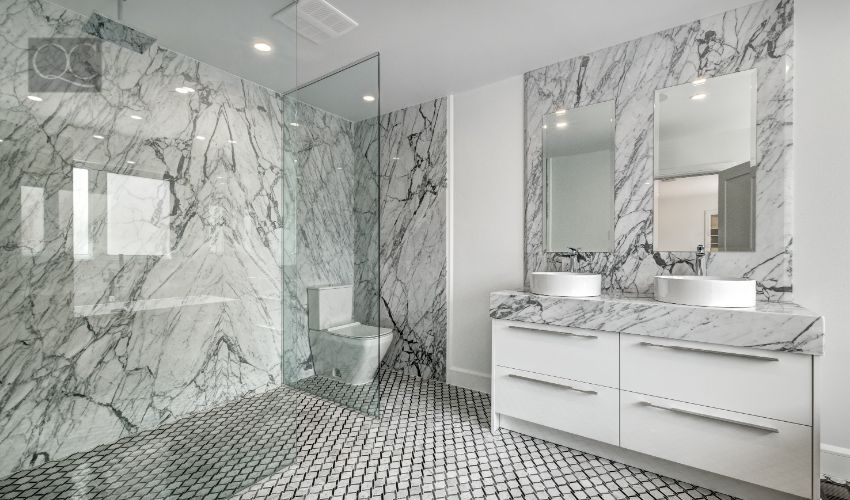
Step #7: Create Your Business Website
In today’s digital age, it’s absolutely essential to have a website for your home stager business. This is where potential clients will go to learn more about your company, browse your portfolio, and contact you for services.
When creating your home staging website, be sure to include the following:
- A clear and concise description of what you do
- An overview of your services
- Your pricing information
- Before and after photos of your work (a.k.a. your portfolio)
- Testimonials from past clients
- Your contact information
- An online booking option
- Links to your social media channels
Not sure where to start? There are plenty of web design platforms out there that can help you create a professional-looking website without any coding experience! We recommend checking out WordPress, Wix, or Squarespace.
Step #8: Get on Social Media
In addition to having a website, it’s also important to be active on social media. This is a great way to connect with potential clients, build your brand, and show off your work.
When creating social media accounts for your home staging business, we recommend starting with the following platforms:
Once you’ve created your accounts, be sure to populate them with engaging, original content that showcases your work. We also suggest running social media ads and using relevant hashtags to reach a wider audience.
Step #9: Market Your Business as a Home Stager
Now that you’ve created your website and social media accounts, it’s time to start marketing your business as a home stager. Simply put, marketing is CRUCIAL to your long-term success. If you don’t believe us, just check out all the stats compiled in this 2022 study conducted by Hubspot!
How you choose to market your business can be done in a number of ways, including:
- Creating an email list and sending out regular newsletters
- Organizing and participating in local home shows
- Hosting open houses for potential clients
- Printing flyers and business cards to distribute around town
- Offering discounts and promotions
- Collaborating with other businesses in the real estate industry (e.g. realtors, mortgage brokers, etc.)
- Taking part in a stylized photoshoot
- Running paid ads on social media, Google, etc.
By implementing some or all of these marketing strategies, you’ll be well on your way to attracting new clients and growing your business as a home stager!
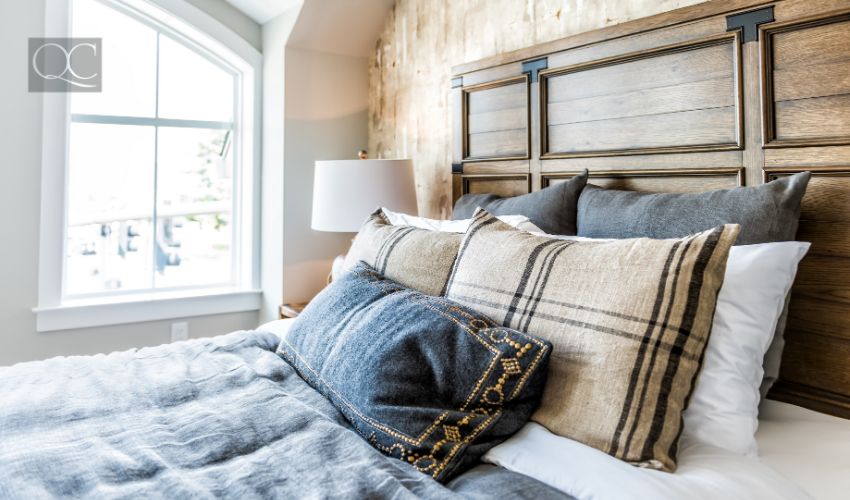
Step #10: Network, Network, Network
Lastly, don’t forget the importance of networking! Home staging is a relationship-based business, which means the more people you know, the better.
Some great ways to network and meet new people include:
- Attending local business events
- Joining relevant online communities and forums
- Participating in trade shows and conventions
- Reaching out to other home stagers in your area
- Volunteering for charity events or causes related to real estate or home improvement
By making an effort to connect with others in your industry, you’ll not only gain valuable insights and advice… You’ll also make some great connections that could lead to future business opportunities!
Conclusion
And there you have it! Now you know how to start a business as a home stager in just ten simple steps.
Just remember to start small, be patient, and always keep learning and growing as you go. With a little hard work and dedication, you’ll be well on your way to success!
Do you have any questions about starting a business as a home stager? Let us know in the comments below. Thanks for reading!

